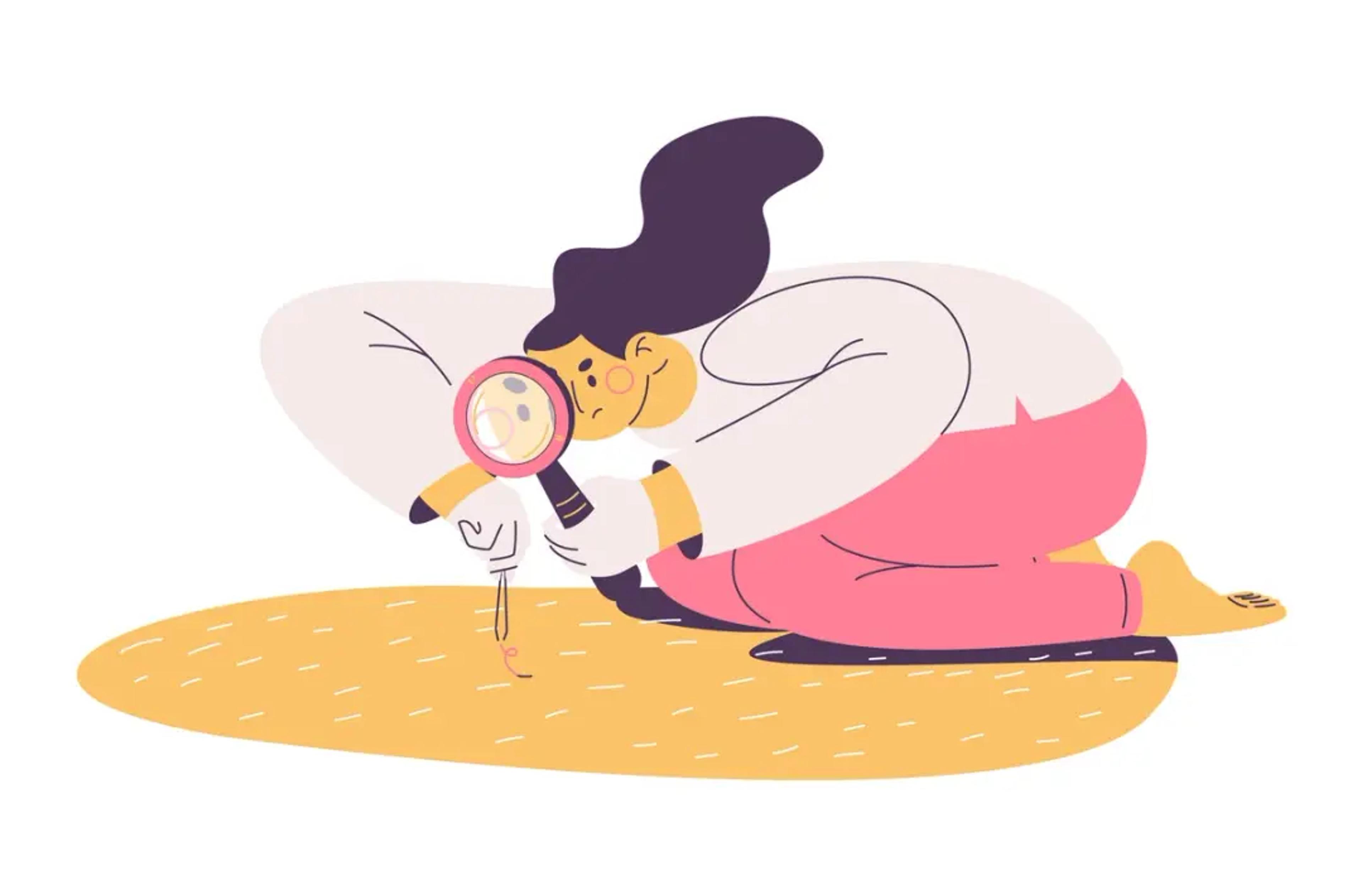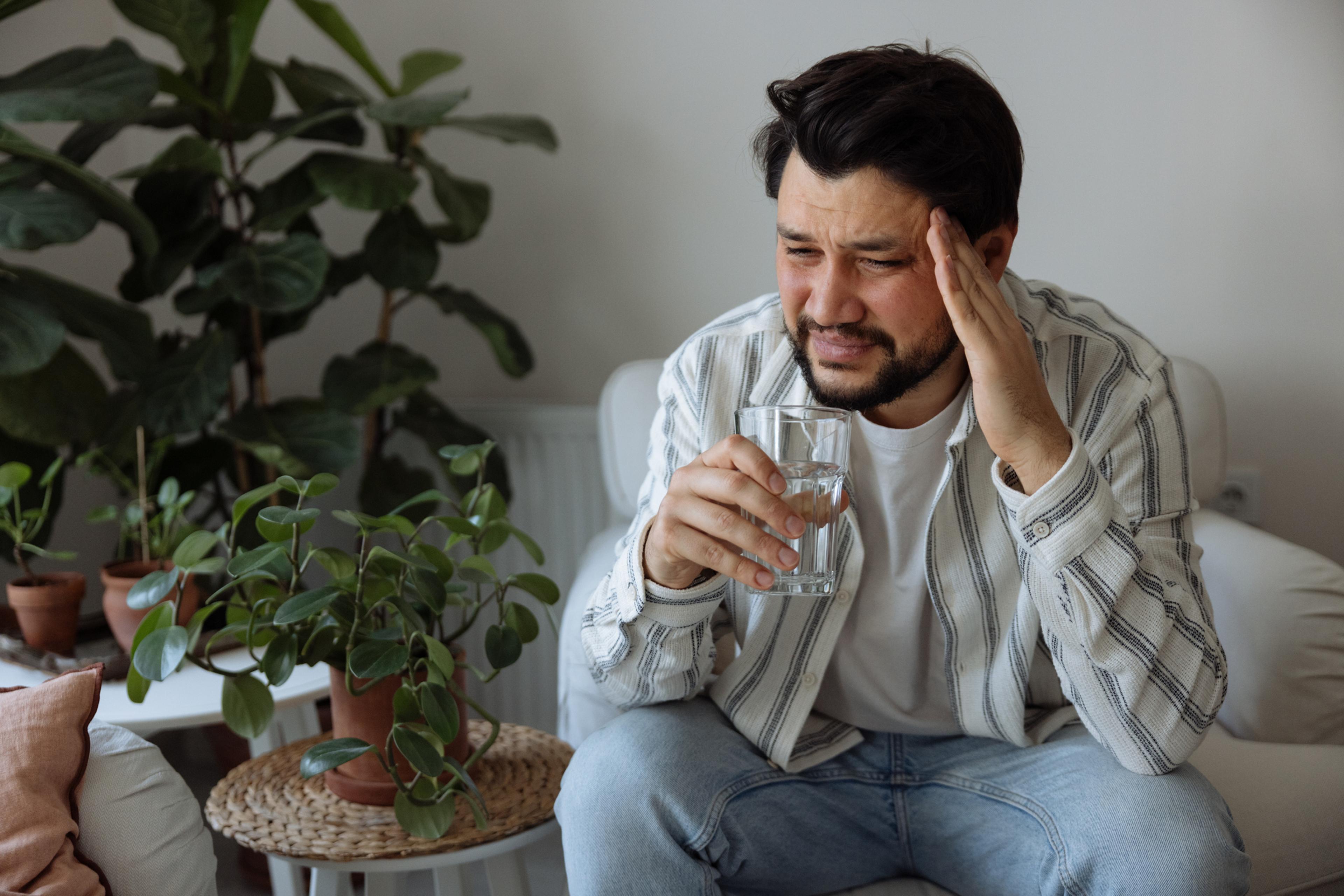
The intent of happy lights – also known as light therapy lights or light therapy boxes – is to mimic sunlight. Happy lights are designed to reset your internal clock and trick your body into thinking it is absorbing the kind of intense light that a household light can’t provide. Researchers have found that light therapy can cause a chemical change in the brain that can brighten your mood. Seasonal Mood Disorder (SMD), triggered by a change of seasons, is a form of depression that sets in when days get shorter during the fall and winter. The disorder can make people feel sluggish, depressed, and low on energy, while affecting their appetite and sleep schedule. Happy lights work to nullify those symptoms.
Is a happy light right for me? what are the benefits?
Before buying a happy light, you should consult with your primary health care provider. If you have bipolar disorder, increasing the exposure of a happy light too fast or using it for an extended period in one sitting could trigger manic symptoms. You don’t need a prescription to buy a happy light but getting a medical opinion can help you find the happy light that is right for you, if it is an advisable option at all. Discussing light therapy with a doctor or a mental health specialist can also help you minimize potential side effects, like eyestrains, nausea, irritability, or headaches. If your doctor signs off on light therapy, a happy light could be beneficial for any symptoms you may have. Studies have found that while light therapy isn’t likely to cure your SMD, it is an effective way to treat it. For some people living with the disorder, it can act as a medication replacement or supplementary form of medication. Happy lights can also be used to treat jet lag and help get your sleep cycle back on track if it has been disrupted. According to the Mayo Clinic, happy lights and light therapy can increase the effectiveness of antidepressant medication or mental health counseling. In some cases, they can allow you to take a lower dose of antidepressant medication. Happy lights use full spectrum white lights void of any UV radiation, so if you have psoriasis or take medications that increase your sensitivity to light, you should still be safe to use these products.
How to use happy lights
Light intensity, timing and duration are the three key elements to consider when measuring a happy light’s level of effectiveness. The intensity of the light box is recorded in lux, which is a measure of the amount of light you receive. For SMD, the typical recommendation is to use a 10,000-lux light that is about 16 to 24 inches away from your face. With a 10,000-lux light box, light therapy typically involves daily sessions of about 20 to 30 minutes, while a lower-intensity light box, such as 2,500 lux, may require longer sessions. Light therapy sessions are typically most effective in the morning, according to a 2015 National Library of Medicine study. But whichever time of day you and your doctor choose, you should meticulously stick to undergoing light therapy at the same time every day for the best results. A consistent sleep and wake schedule, including on weekends, complements your light therapy sessions, as well.
Performance and price
Before you buy, consider happy light settings like portability, horizontal and vertical placement versatility, cord length, brightness settings and noise level. A lot of the most popular happy lights of 2021 can be had for between $30 and $200, with more advanced models costing closer to $1,000. Are you looking to buy a happy light this winter or holiday season? If your primary care provider recommends a happy light for medicinal treatment purposes, find out if your Blue Cross Blue Shield of Michigan plan covers the partial or entire cost of the purchase. Related:
- How Traumatic Events Affect our Feelings of Safety
- Which Online Therapy App is Best for Me?
- Communicating with Someone with Anxiety
Photo credit: Getty Images





